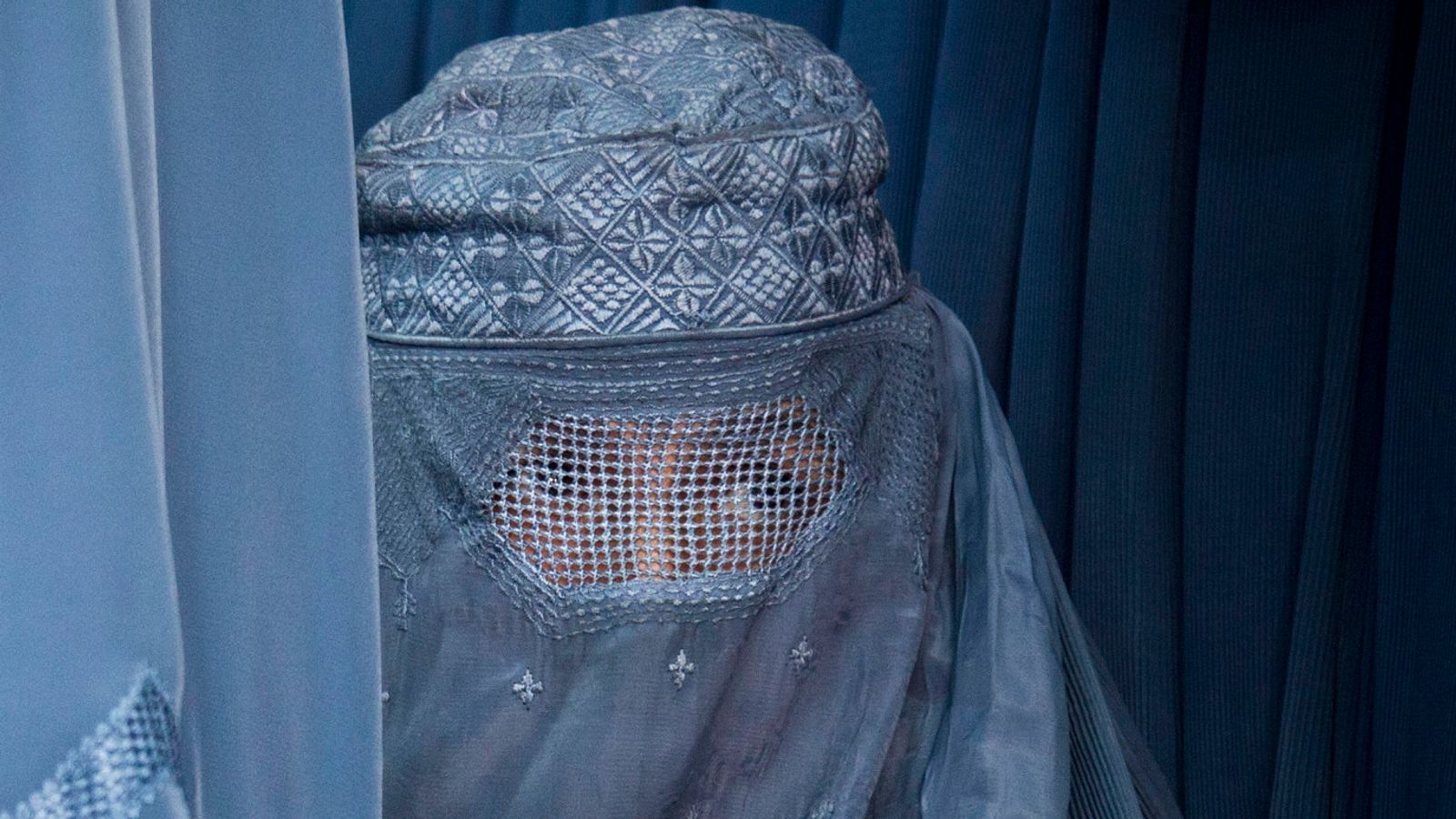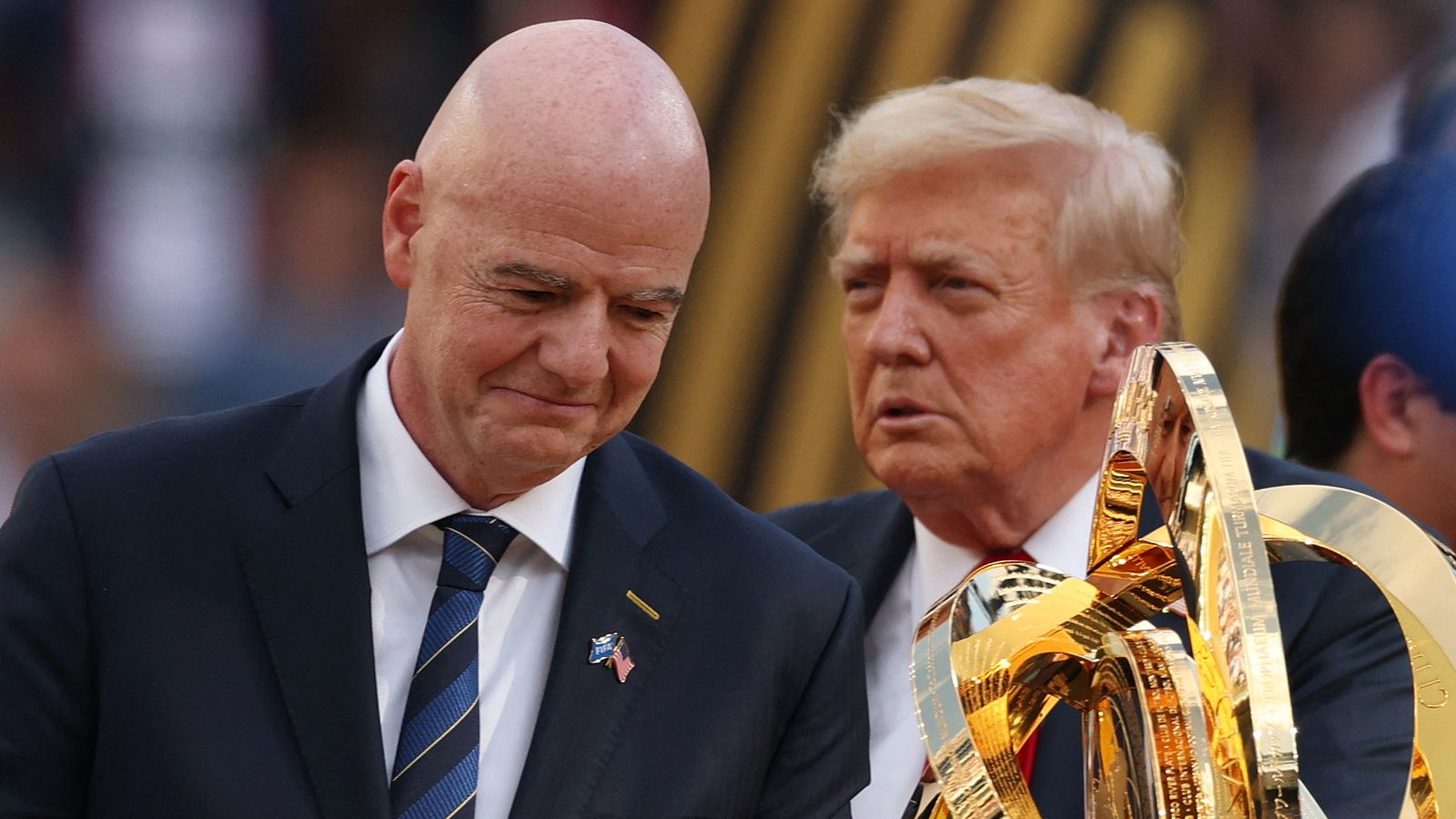
The blossoming relationship between Donald Trump and Indian prime minister Narendra Modi has abruptly turned sour.
After the heady days of the “Howdy Modi” event in Houston, and the mega “Namaste Trump” show in Ahmedabad, where a stadium was packed with over 100,000 people to welcome the US president and his family, the humiliation by his “true friend” has left the Indian leader seething.
For over a decade, Mr Modi has meticulously crafted his image as a global leader rubbing shoulders with, and hugging, world leaders. He now finds himself humiliated by the planet’s most powerful man.
Ukraine war latest: Putin arrives in China for rare visit
The opposition parties have wasted no time in rubbing salt into that wound, egging Mr Modi to retaliate in the national interest. But so far he has maintained his silence.
The indignity began in May after the four-day conflict between Indian and Pakistan. Mr Trump announced on social media that he brokered a ceasefire between two nuclear-armed arch-rivals that was spiralling. This was even before the ceasefire was put in place by the leaders of both countries.
Pakistan’s Prime Minister Shehbaz Sharif instantly thanked the US president for bringing peace to the region and went on to nominate him for the Nobel Peace Prize. Both countries are now exploring crypto and mining deals.
Mr Modi has remained silent, his government instead credited its military for forcing Pakistan to concede. Even as Mr Trump has spoken of his intervention publicly over 30 times now.
Moreover, he has offered to intervene in the decades-old Kashmir dispute, a taboo subject in India.
India is ‘Kremlin’s laundromat’
Then came the swift punishment of an extra 25% tariff levied on India for buying discounted Russian crude oil, taking the total duties to 50%, one of the highest in the world.
The US government justified its actions as a national security concern that is fuelling the war in Ukraine and so applied aggressive economic leverage.
Mr Trump’s trade adviser Peter Navarro described the Russia-Ukraine conflict as “Modi’s war”, and said “the road to peace runs, at least partly, right through New Delhi”.
“India’s Big Oil lobby has turned the largest democracy in the world into a massive refining hub and oil money laundromat for the Kremlin. It’s really easy. India can get 25% off tomorrow if it stops buying Russian oil,” he added.
Though China is the largest buyer of Russian oil, it has been left untouched.
In 2021, Russian crude accounted for just 3% of India’s imports, but this has risen to about 40% in 2024 – making Moscow the country’s largest supplier.
India says it buys cheap Russian crude for its own energy security and is now pushing for a swadeshi mantra, or self-reliance, reducing the burden of import.
Sensing the unpredictability of the US president, the punitive actions and humiliation by his administration, New Delhi is recalibrating.
In the run-up to the Shanghai Cooperation Organisation (SCO) meeting, there have been a flurry of personal meetings between the Indian, Chinese and Russian foreign ministers.
Mr Modi’s visit to China is his first in seven years and the first since the deadly clashes in May 2020 between soldiers of both militaries in which 20 Indian soldiers lost their lives, resulting in an uproar in the country for retribution. The relations went into deep freeze.
The two Asian giants share over 2,000 miles of border, much demarcated and with unresolved land disputes.
India-Russia relations
There is much history to the special relationship between India and Russia. During the Cold War, India was clubbed in the Soviet Union camp, while America favoured arch rival Pakistan.
Both have stood the test of time and supported each other in international forums against western powers on contentious issues.
The relationship strengthened particularly in the defence sector. According to the Stockholm International Peace Research Institute, Russia supplied 65% of India’s weapons purchases during the last two decades.
Though India is trying to wean itself off by shopping for military hardware from Western countries, it is a time-consuming process with complicated issues of technology transfers involved.
‘Dance of the dragon and elephant’
In his bilateral meeting with the Indian leader on Sunday, China’s leader Xi Jinping said: “The two countries must deepen mutual trust, and make opportunities for each other’s development rather than threats.
“We should accommodate each other’s concerns and uphold peaceful coexistence. Jointly safeguard peace and tranquillity in border areas, ensuring that boundary issues do not define the entirety of China-India.
“Being good neighbours and friends, partners who achieve mutual success, and realising the ‘dance of the dragon and the elephant’ should be the right choice for both China and India.”
Mr Modi added “both countries should pursue strategic autonomy, and their relations should not be seen through a third country lens”.
The SCO meeting and bilaterals between Mr Modi, President Xi and Russian President Vladmir Putin will be analysed minutely, but more so of how US President Trump will react.
Will the undoing of almost three decades of US diplomacy and courting India as an Asian rival to China precipitate or halt?
Doonited Affiliated: Syndicate News Hunt
This report has been published as part of an auto-generated syndicated wire feed. Except for the headline, the content has not been modified or edited by Doonited




















































